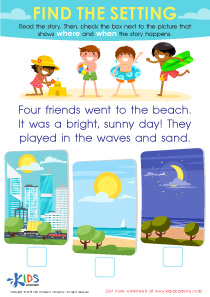Data interpretation Easy Worksheets for Ages 5-7
10 filtered results
-
From - To
Welcome to our "Data Interpretation Easy Worksheets" page, designed specifically for children ages 5-7! These engaging and interactive worksheets provide young learners with a fun way to develop essential data interpretation skills. By exploring simple graphs, charts, and pictograms, kids will enhance their critical thinking and reasoning abilities while boosting their confidence in math. Our age-appropriate activities focus on real-life scenarios and encourage curiosity about the world around them. With a variety of colorful and captivating exercises, these worksheets make learning data interpretation exciting and accessible for early learners. Start fostering your child's analytical skills today!


Fruit Math: Picture Graphs Worksheet
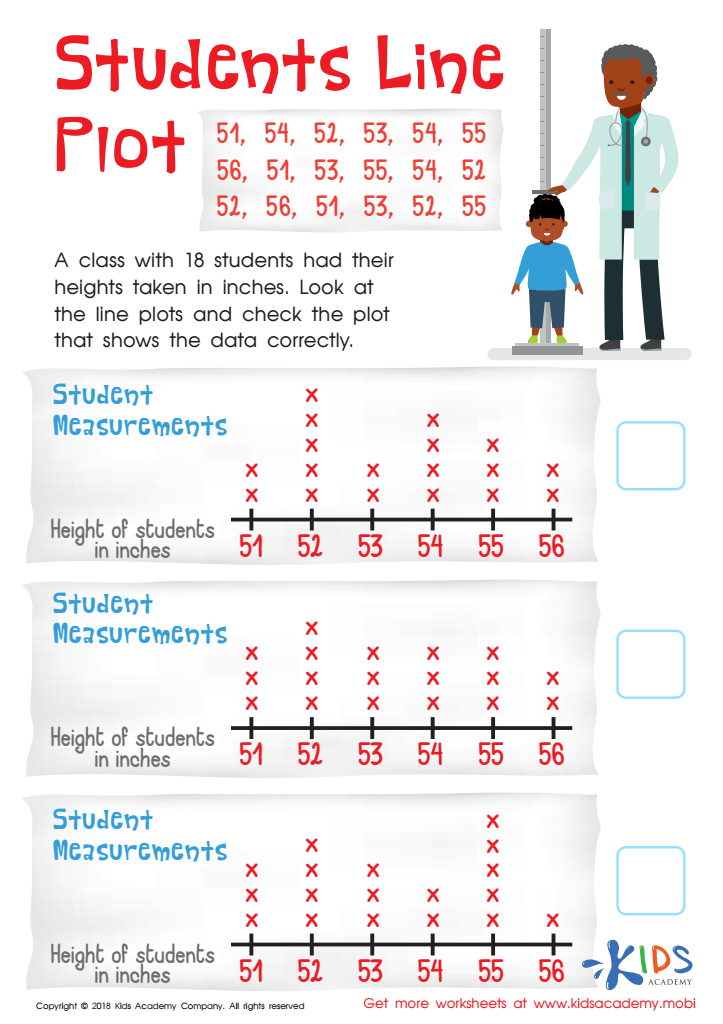

Students Line Plot Worksheet
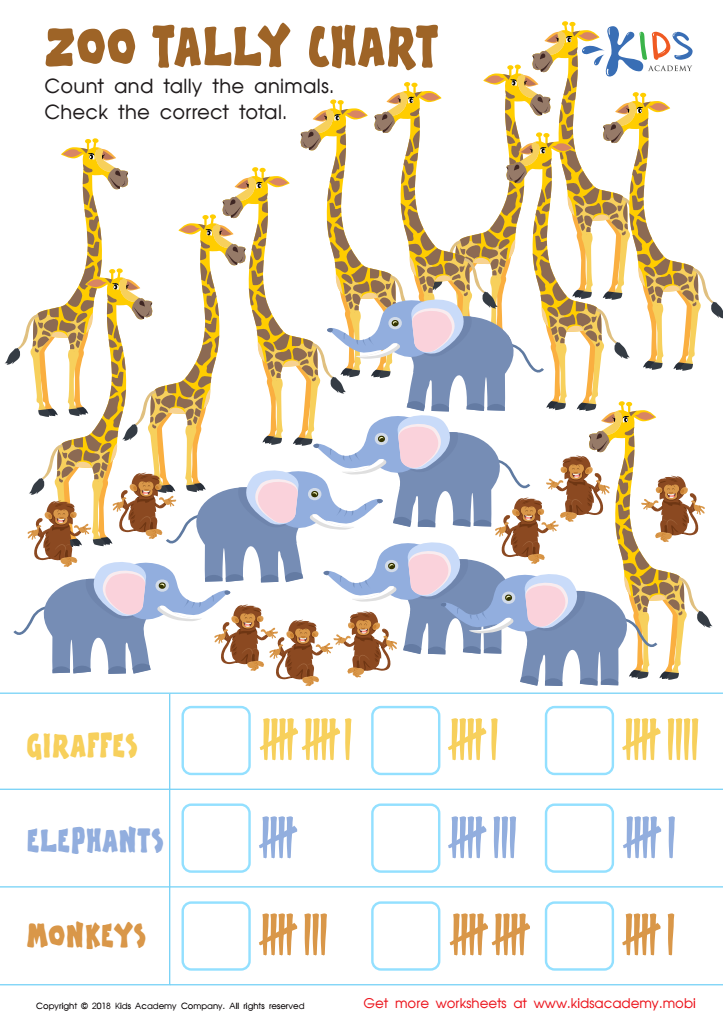

Zoo Tally Chart Worksheet
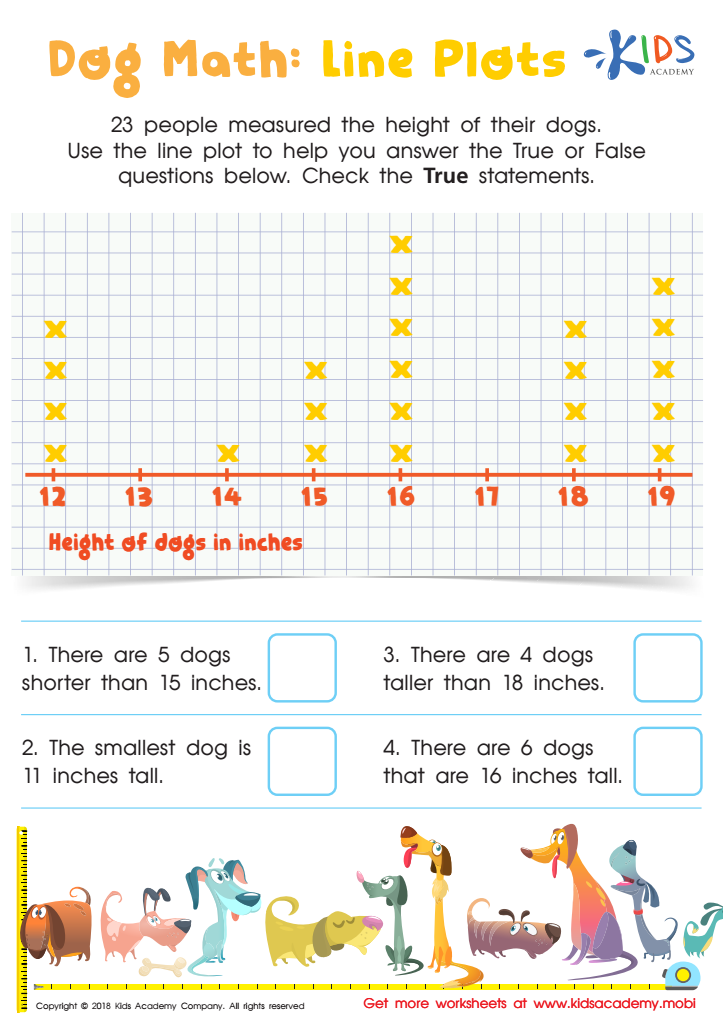

Dog Math: Line Plots Worksheet
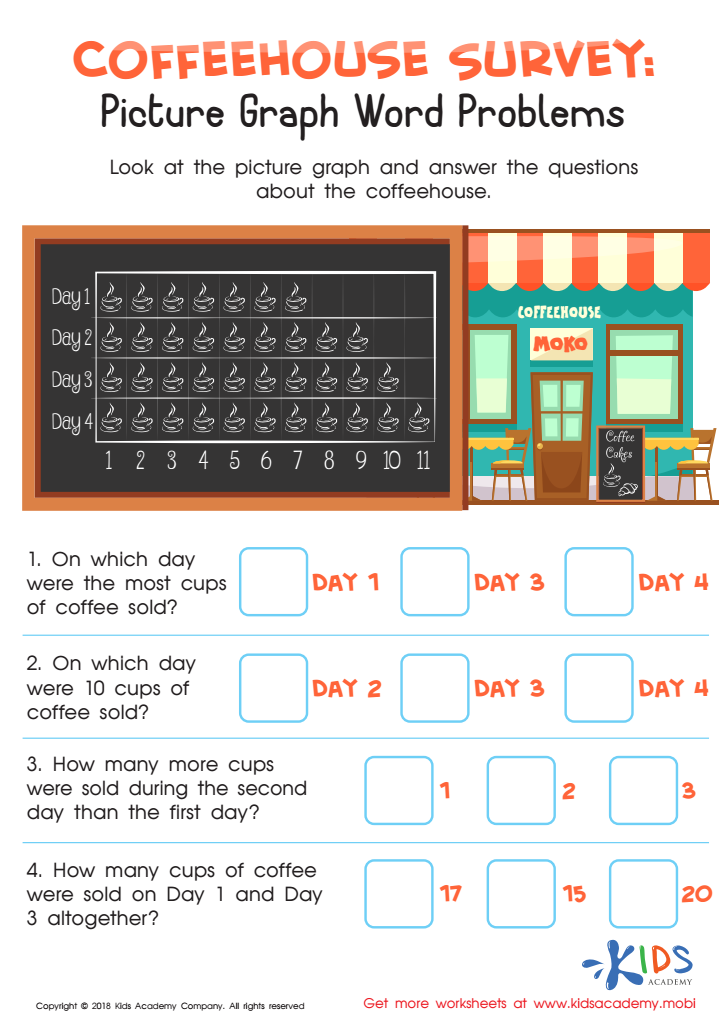

Coffeehouse Survey: Picture Graph Word Problems Worksheet
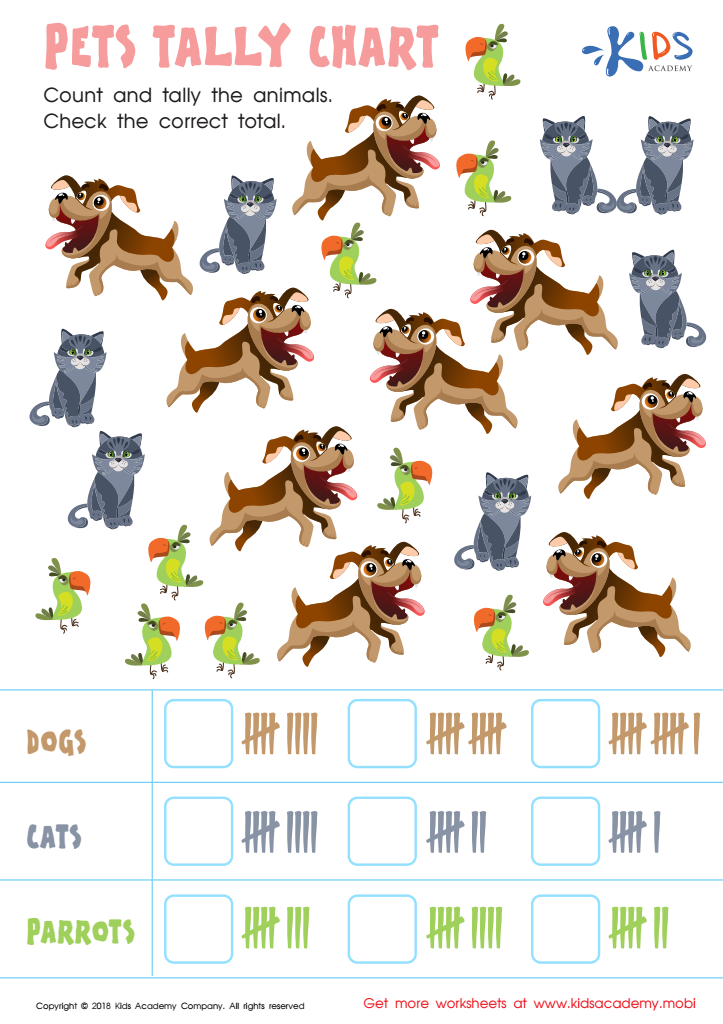

Pets Tally Chart Worksheet
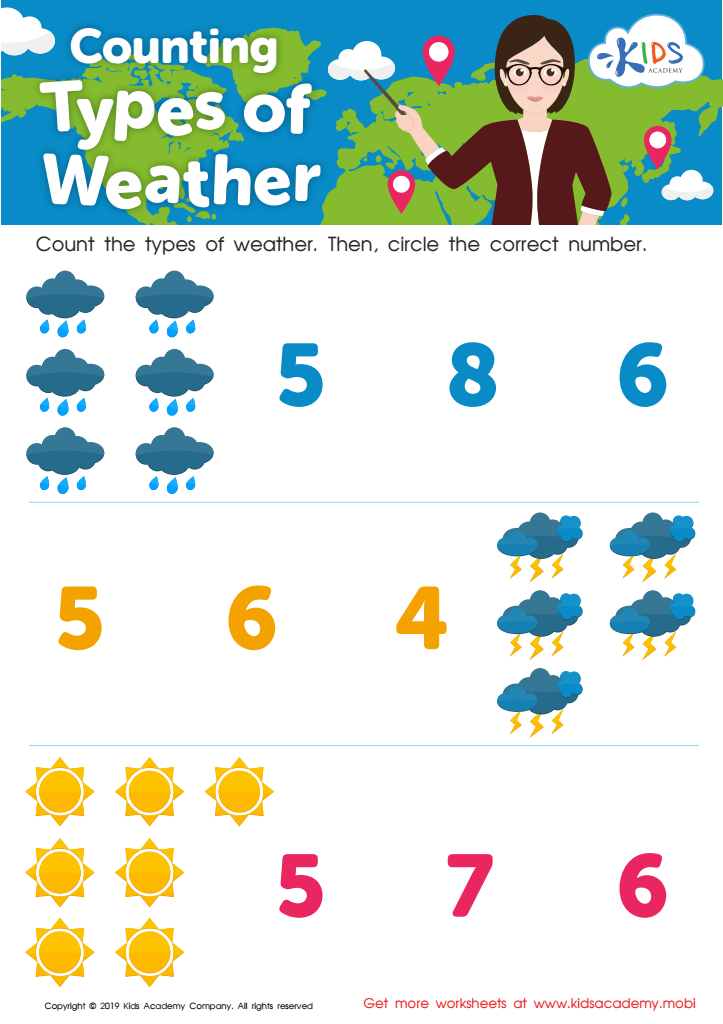

Counting Types of Weather Worksheet
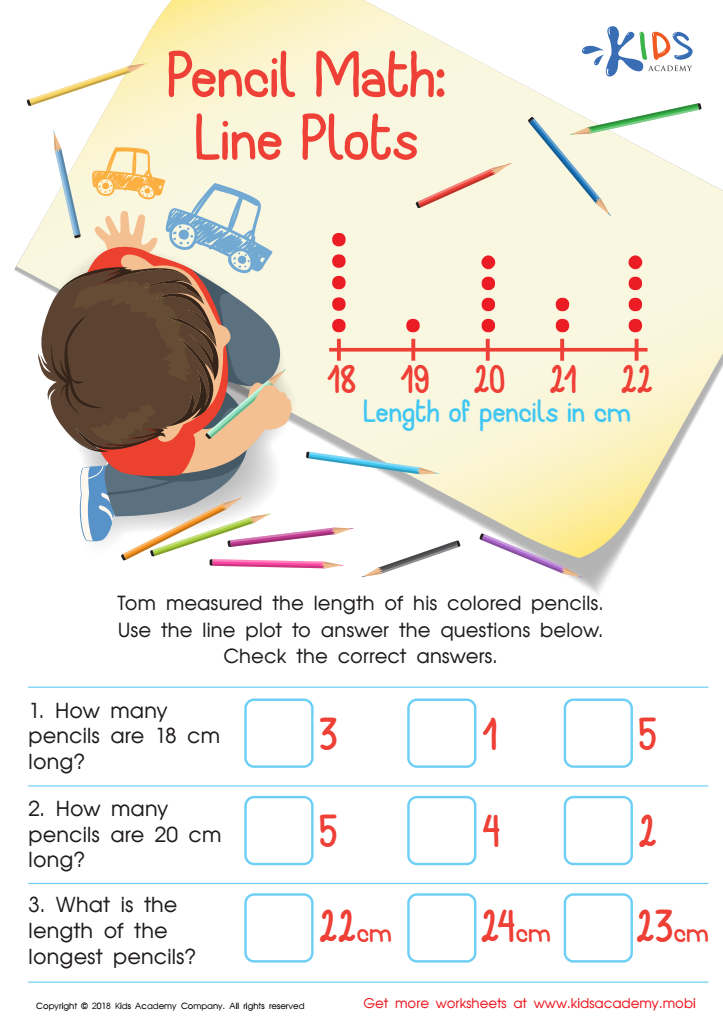

Pencil Math: Line Plots Worksheet
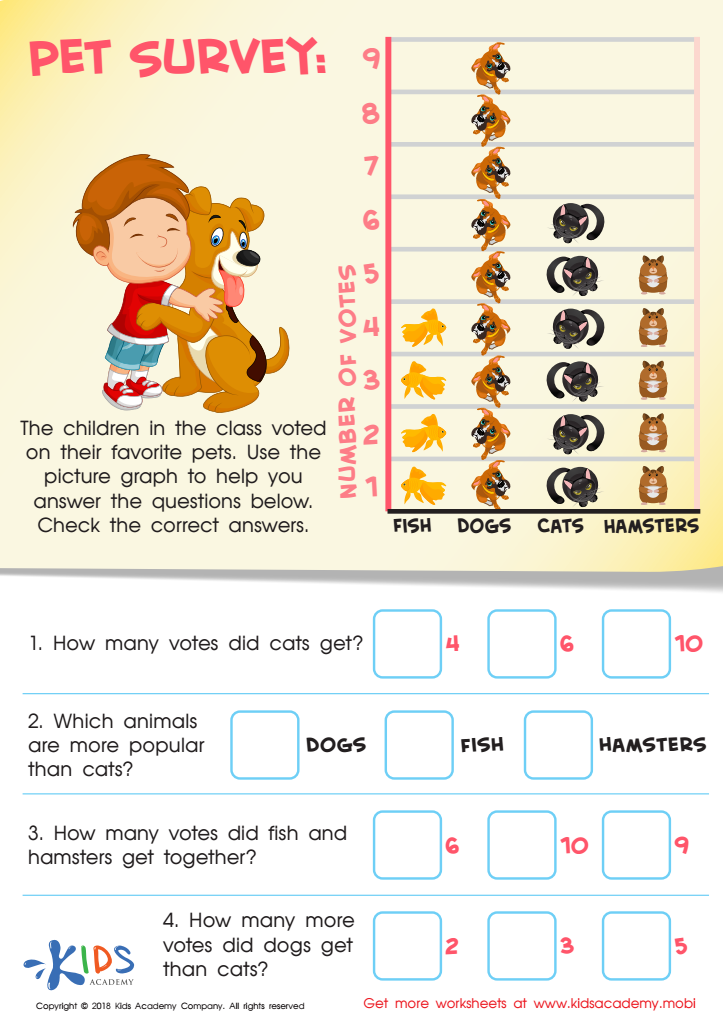

Pet Survey Worksheet
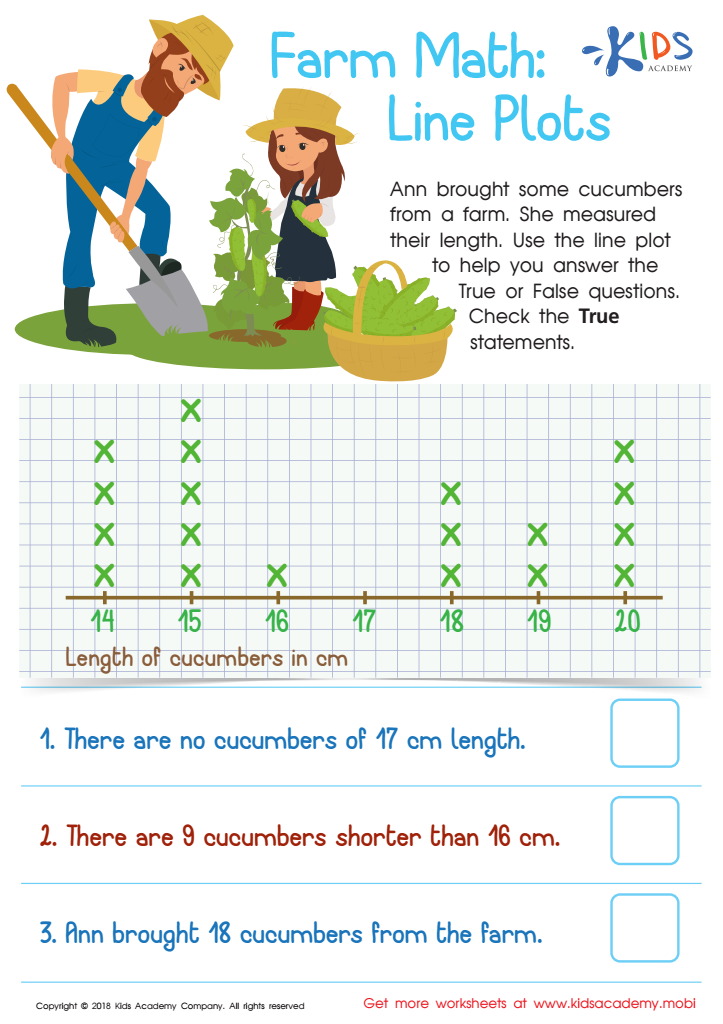

Farm Math: Line Plots Worksheet
Data interpretation is an essential skill for children ages 5-7, and both parents and teachers should care because it helps young learners make sense of the world around them. At this age, kids are naturally curious, and working with data allows them to explore their interests in a fun and engaging way. For instance, by interpreting simple charts or graphs based on their favorite animals, snacks, or sports, children learn to categorize and analyze information, which is a foundational skill in math.
Additionally, data interpretation lays the groundwork for critical thinking. When kids look at data, they practice asking questions such as “What does this mean?” or “How can I understand this better?” This process encourages them to think deeply and develop reasoning skills. Furthermore, understanding data is increasingly vital in our technology-driven world, where information is everywhere.
For parents and teachers, fostering this skill is not just about academics; it's about empowering children to understand and engage with their environment. By incorporating fun activities that involve sorting, counting, and interpreting data, educators and parents can inspire confidence and curiosity that goes beyond the classroom, setting the stage for lifelong learning.
 Assign to My Students
Assign to My Students







.jpg)



